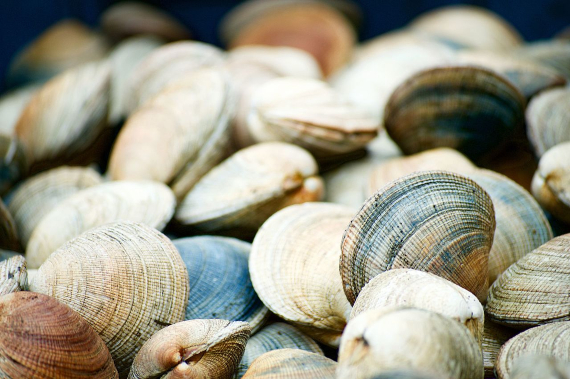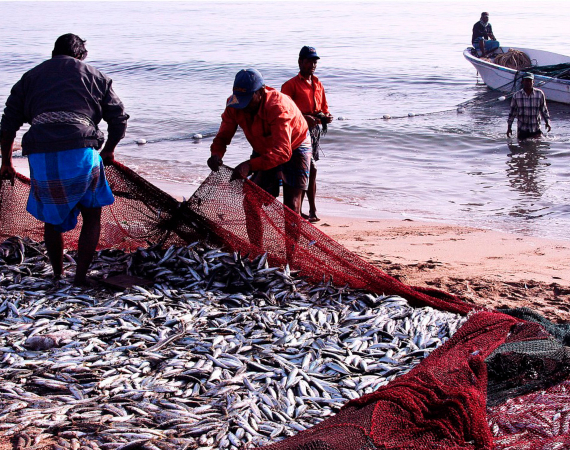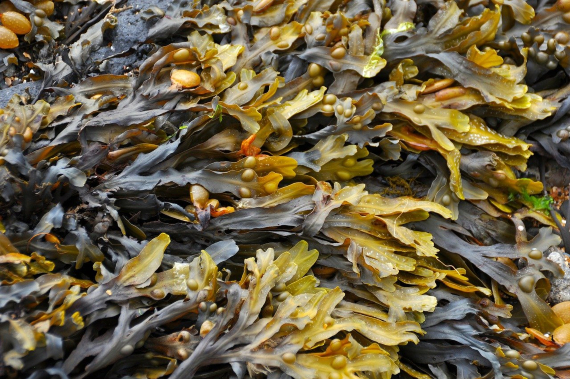Ten billion people will populate the world in 2050, with the food consumption and nutritional requirements (specifically protein) that this implies. But at the same time, food production is already one of the main drivers of global warming, climate change and the deterioration of the planet, due to its enormous emissions of greenhouse gases and waste, coupled with the resulting destruction of habitats and ecosystems. This has brought us to crossroads that requires us to seek more sustainable alternatives that guarantee the future food supply of the world’s population without compromising our planetary home. To this end, more and more experts and studies are looking to the oceans to help us achieve this goal. More specifically, the idea is to incorporate new species of fish, molluscs and seaweed into our regular diet, as proposed in a recent study by researchers from the University of Copenhagen.
The incorporation of new marine species that have not been commercially exploited until now—or have been used for the production of feed and fish oils employed in the aquaculture of “traditional” species—would greatly increase the availability of food, while alleviating the overexploitation and impoverishment of the stocks of the most consumed species.
Two promising sources of protein: bivalves and algae
Even more promising are the other two sources of marine protein mentioned in the study: molluscs and algae. Molluscs, and specifically bivalves, is one of the food sources with the least environmental impact due to the low requirements that their farming or rearing involves: they are sessile and filtering organisms, which obtain their food by filtering the water. We know of well over 10,000 different species of bivalves, found in the ocean as well as in freshwater. And yet, molluscs are little exploited in comparison with the species that marine aquaculture currently focuses on—fish such as salmon and sea bream or crustaceans—to which food must be provided in the form of the aforementioned feed and oils, which is why their production generates much more waste and emissions into the atmosphere.

But without a doubt, the great hope for those who champion a diet based on marine sources is seaweeds and algae, as a more sustainable and beneficial alternative for the environment. In fact, they represent the main lungs of the planet, as well as curbing the acidification of the oceans. And “marine algae are packed with incredibly healthy nutrients and vitamins” say the authors of the Danish study. In addition, they are easy to cultivate and have a very rapid growth rate. In fact, it has been estimated that an area of seaweed of 180,000 km2— the size of Washington state—would cover the protein needs of the entire world population. And yet, today only 500 of the 10,000 known species are exploited for food, mainly in Asian countries where seaweeds have been an indispensable foodstuff since antiquity.
Four key components to achieve a diet based on marine sources of food
In recent years there has been a proliferation of studies analysing the short-term viability of a global diet based on alternative marine sources of food. One such example is entitled The Future of Food from the Sea—published last August in the journal Nature—which identifies four key components necessary to achieve the goal of maximising the sustainable use of the ocean:
- The management and planning of traditional fisheries at a global scale. This means reaching global agreements to establish—and enforce—catch quotas and closure periods to avoid overexploitation; regulating the replenishment of fish stocks; and implementing measures for the diversification of species caught and consumed.
- Promote and make a firm commitment to marine aquaculture. This would particularly focus on bivalves—the paper focuses on animal sources—but the commitment could also be extrapolated to seaweed, these being the two most sustainable sources of protein of marine origin from an environmental and economic point of view.
- Technological innovation. This will allow the exploitation of less accessible species to be increased to a greater scale and minimise the impact of traditional aquaculture, replacing current animal feeds obtained from other fish and crustaceans with more sustainable alternatives.
- Encourage the demand for these new foods. This would involve schemes designed to shift public perception about these food products, facilitate their introduction into the market and ensure affordable prices that make them more attractive to the consumer.

The risk of massive exploitation
What the Nature paper does not consider is whether the massive exploitation of these new ocean resources could, in the long term, be counterproductive, as has occurred with livestock farming and intensive agriculture. This cannot be ruled out. In this respect, the most paradigmatic example is that of seaweed, a priori the most sustainable alternative, but which can also entail certain risks and problems. For example, if there is excessive growth or it is not harvested correctly, it can end up rotting, releasing its entire CO2 load into the environment. Similarly, excessive growth in specific areas could limit the amount of light and the availability of nutrients, affecting other photosensitive species and thereby altering and impoverishing the ecosystem. While it is true that the oceans cover a vast area compared to the land surface, these potential problems should be borne in mind.

Therefore, perhaps the key to achieving the goal of guaranteeing the future food supply of the world’s population without destroying the planet lies in something as simple and commonsensical as that noted by the researchers from the University of Copenhagen: “It may be more realistic to consider a flexitarian diet, where one consumes small quantities of animal products, such as meat, eggs and milk, alongside vegetables,” while changing and diversifying our eating habits and customs to include new food sources such as molluscs, bivalves and seaweed. And also insects, new varieties of legumes, seeds, etc”. In short, making lemonade from lemons, as it were, to safeguard the health of our planet.
Comments on this publication